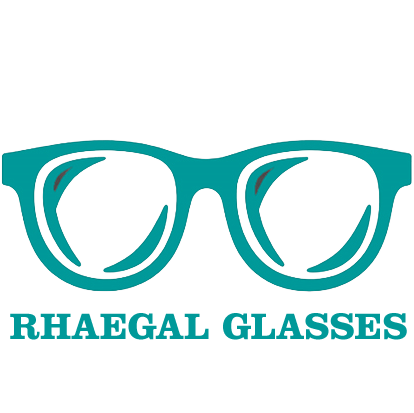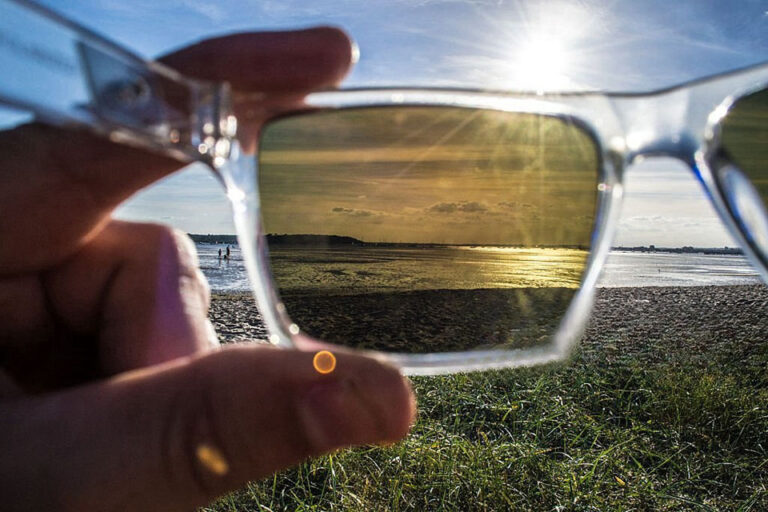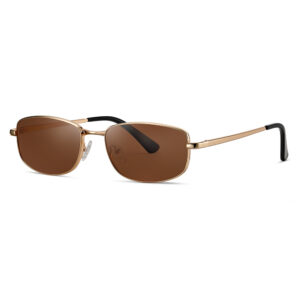
דברים גדולים בעסקים אף פעם לא נעשים על ידי אדם אחד. הם נעשים על ידי צוות של אנשים. יש לנו את הקבוצה הדינמית הזו של עמים

Customized PU Leather Glasses Case Factory
בית WhatsApp דוא"ל משקפי ראייה, מפעל משקפי קריאה באור כחול, משקפי קריאה באור כחול בסין, משקפי קריאה בסין

Wholesale Kids Glasses Case with Strap
Home WhatsApp Email Blue Light Glasses, Eyeglasses Customized Unisex Eyeglasses Frames, Unisex Eyeglasses Frames wholesale, Wholesale Eyeglasses Frames The Problem:

Wholesale Durable Ray Ban Sunglass Case Factory
בית וואטסאפ אימייל משקפי אור כחול, משקפיים משקפיים כחולים חוסם מחשב, משקפי חוסם כחולים למחשב, משקפי חוסם כחולים מותאמים אישית












